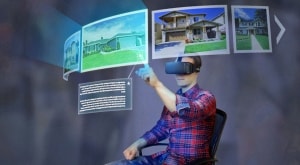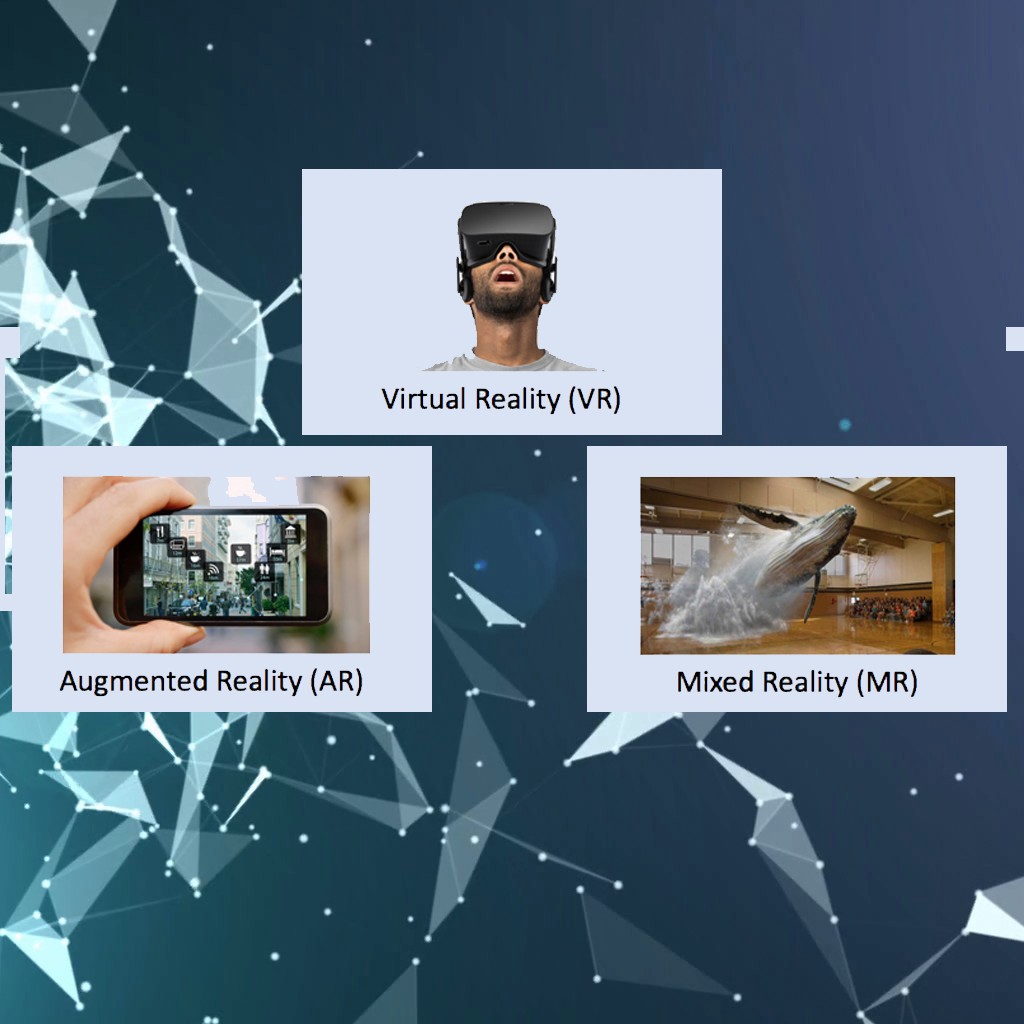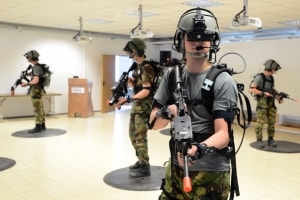How Virtual Reality is changing the world
VR could become the transformative technology one day. The experience of wearing a headset and immersing in virtual worlds is still a new genre unexplored by customers. VR challenges include missing engaging content, overcoming nausea problem, high cost, the imprudence of cables and devices on a head. On the other hand, many entrepreneurs and tech fans are super-thrilled about VR, expecting it to grant out-of-body experiences.
What is VR?
Virtual reality is a computer-generated simulation of a 3D image or artificial environment that is created with a software using special electronic equipment, such as headsets, special gloves, goggles and it is presented to the user in such a way that the user suspends belief and accepts it as a real environment. VR is a brand new user interface unlike the conventional one, immersing a person in the digital 3D environment, instead of watching on a display.
Virtual reality simulation requires two main components: a source of content and a user device. Software and hardware, in other words. Currently, such systems include headsets, all-directions treadmills, special gloves, goggles. VR tools should be providing realistic, natural, high-quality images and interaction possibilities. For this, devices rely on measurements like image resolution, field of view, refresh rate, motion delay, pixel persistence, Audio/video synchronization. A virtual experience like 360-degree videos and pictures, VR apps and games, are already available. There’s a good enough choice of headsets as well.

How does it work?
VR works with several devices such as a headset, a computer/Smartphone or another machine to create a digital environment, and a motion tracking device in some cases. Typically, a headset displays content before the user’s eyes, while a cable (HDMI) transfers images to the screen from a PC. The alternative option is headsets working with smart phones, like Google cardboard and GearVR – a phone acts both as a display and a source of VR content. Some vendors apply lenses to change flat images into three-dimensional. Usually, a 100/110-degree field of sight is achieved with VR devices. The next key feature is the frame rate per second, which should be 60 fps at the minimum to make virtual simulations look realistically enough.
Difference between VR & AR & MR?
Virtual and Augmented Realities are very similar and often the line between them is very thin. Augmented Reality applies algorithms and sensors to detect the position of the camera, and then superimposes 3D graphics/objects into user’s view via Smartphone’s/glasses/projections. One of the ways to describe the difference between VR and AR is to compare scuba diving and visiting the aquarium. Virtual Reality would be like swimming in the sea along with fish, while in Augmented Reality you’d see a fish popping out of a pocket or a hand.

Mixed reality or hybrid reality is the merging of real and virtual worlds to produce new environments and visualizations where physical and digital objects co-exist and interact in real time which unlocks possibilities that were restricted to our imaginations. MR is more sophisticated kind of technology, where AR is a subcategory of it. It includes non-commercial applications like military simulation-based learning programs, virtualization environments for manufacturing, healthcare, aviation, etc.
Applications of Virtual Reality
Virtual Reality has the potential to make new discoveries and have a positive impact in multiple areas of our everyday lives. VR is a great option to have. Think of training, aircraft pilots, surgeons and areas like
VR in Military

The army adopted Virtual Reality long time ago, much earlier than commercial markets. Virtual reality has a wide range of applications in the military sector, as we see. It takes battle training to the next level, provides skills and knowledge, allows to practice in safety. Also, it aids in improving battle skills, teamwork, situation awareness and stress resistance.
VR is used by the military in all three major fields like ground, air and navy forces for flight and battlefield simulations, medical training, vehicle simulation and virtual boot camps. While VR training remains the most effective and widely used option, the military has recently also adapted virtual reality for analyzing military maneuvers and battlefield positions.
VR in Education
The main goal of Virtual Reality in education is to make the studying process exciting and more effective. VR simulations provide a deep understanding of the material by a learner with its further application in real life. The most obvious benefit of using VR in education is the advanced way of visualization. Virtual reality has become the universal tool to display objects, processes, locations and historical events.
Virtual reality makes the classic studying process a really fascinating experience. With its help a classroom is not limited to four walls, science subjects don’t lack the ingredients or tools, biology and anatomy can visualize the information. This will improve the quality of education. As visualization helps to understand and remember, students can get even more immersive experiences with training simulations. VR is proven capable of fitting any school and university subject or program.

VR in Medicine

Virtual reality in medicine finds many new applications, and they have recently come to assist doctors, allowing to look inside the patient. VR applications in medicine are Efficient mental disorders treatment, VR apps for meditation, Relief of pain sensation, phobias, training medical staff. It would help them develop more accurate surgical plans in 40 % less time. Surgeons would become more involved in treatment planning by taking their understanding of the disease and preparing the data sets for the surgeon.
Students will acquire knowledge and gain understanding about the human body by means of interaction within the virtual environment. Medical students can perform hands-on procedures but in a safe and controlled setting. They are able to make mistakes – and learn from them but in an environment where there is no risk to the patient. They interact with a virtual patient and as a result of this, learn skills which they can then apply in the real world. We think that virtual reality can solve most of the problems of modern medical education.
VR in Gaming
VR literally expands the edges of the world and gives new options in a three-dimensional gaming environment. VR games give you an Immersive experience of not only to observe the game but to get inside of it. This New level of interaction help players to control and modify the game environment at their own will. Also, soon ultimate VR gaming experiences are going to be achieved through all human senses. VR technology is becoming a new boosting factor in creating gaming content. Genres like shooters, adventures or simulations. The 5 senses of VR gaming are visual, sound, tactile feedback, taste, smell.
Most of the computer games can be successfully transformed into VR format, with new and better interaction. Due to the variety of VR headsets, new games and new content are emerging regularly. Both high-end and mobile games are pushing the boundaries of VR. There are distinct types of VR games such as First-person VR shooter games, VR racing games, Horror games, VR adventure games, City-building games, VR casinos and gambling.

Author :Ramya Swetha Bandaru
Source : think mobiles